Magazine: Legacy Trees
Friday, August 17th, 2018This is Passport to Texas
American poet Joyce Kilmer could have been thinking about Texas’ legacy trees when he wrote: I think that I shall never see a poem lovely as a tree.
Read about these natural marvels in an article by Russell Roe, called Silent Sentinels: The legendary trees of our state parks tell the story of Texas. Find it in the August/September issue of Texas Parks and Wildlife magazine.
In it, Roe writes: “Our Texas state parks contain many remarkable trees. Four of them have risen to such a level of historical importance that they have been included on the Texas A & M Forest Service’s Famous Trees of Texas Registry.”
These include: The La Bahía Pecan, at what is now Washington-on-the-Brazos State Historic Site. It bore witness to the birth of Texas.
The Goliad Anacua tree has kept watch over Goliad’s Mission Espíritu Santo, and stands near the entrance to the chapel.
The Goose Island Big Tree in Rockport is a long-lived live oak that’s survived for more than a thousand years. Found at Goose Island State Park.
And rising 103 feet into the air, a cypress named Old Baldy stands as a stately beauty along Austin’s Onion Creek in McKinney Falls State Park.
Read about these and other legacy trees in Texas in the August/September issue of Texas Parks and Wildlife Magazine. On Newsstands now.
For Texas Parks and Wildlife…I’m Cecilia Nasti.
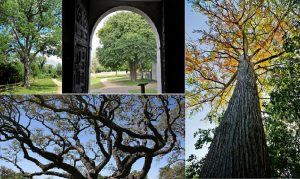

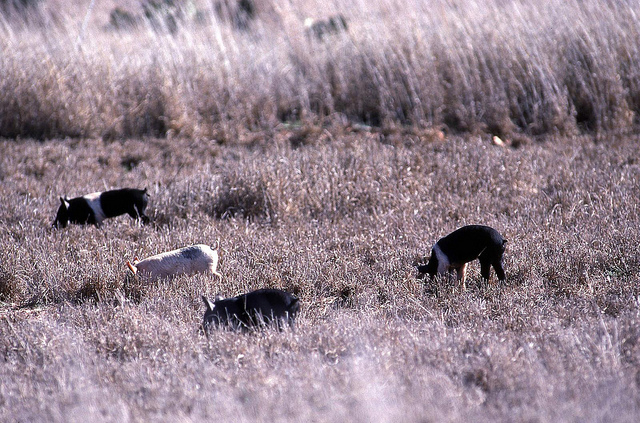
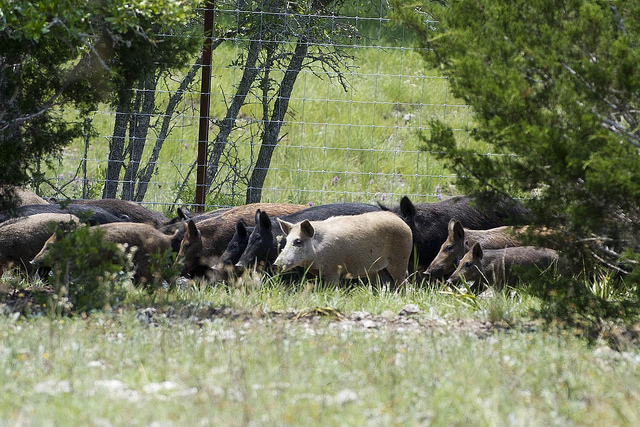
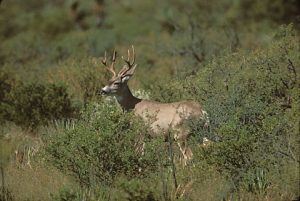
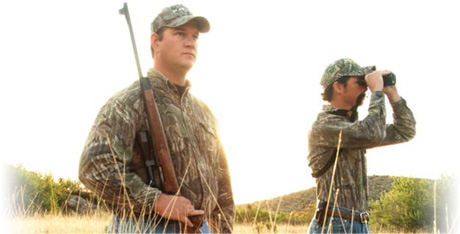

 Passport to Texas is a
Passport to Texas is a  Passport to Texas is made available by:
Passport to Texas is made available by: